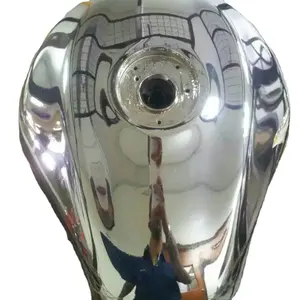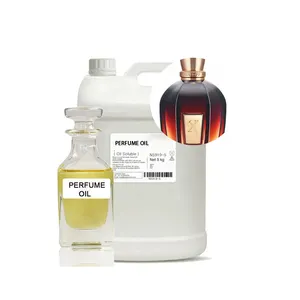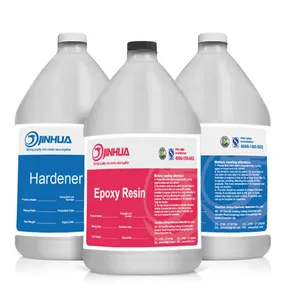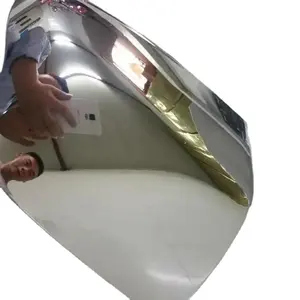Popular in your industry

















































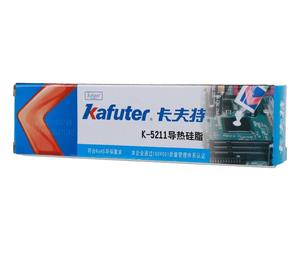



















































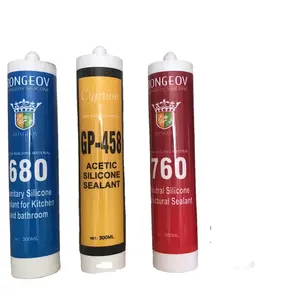









































































Top categories
About conductive wire glue
Wire glue is an electrically conductive glue that utilizes the latest advances in micro carbon technology to bring a highly conductive glue at a fraction of the price of competitive products that use precious metals and are mostly used in place of soldering. This glue is intended for repair applications since it is the first in a series of adhesive products based on microcarbon. It is a better conductive adhesive technology that is affordable. It is the most reliable and affordable way of making connections using bare minimum products with a great lifespan guarantee.
Mixing wire glue
To mix the product, start by pouring the liquid on top of a jar into a separate cup and then mix what is on the bottom, reintroduce the top liquid, and mix again. As wire glue gains electrical conductivity through carbon rather than metal of soldering, use the thinnest possible coat about the thickness of a piece of tape. Ensure to apply pressure as the glue dries. If wire glue gets too thick, it can be thinned out with a little water as long as the jar has not dried out. In thickening wire glue, mix the jar well and pour the contents into a disposable container at room temperature. After an hour, mix before checking the viscosity, and after two hours, it should be thick enough and have a paste-like consistency.
Application of wire glue
Wire glue is used in place of soldering to make a connection or repair wires and cords. For a good electrical connection, clean the surface layer with light sandpaper or eraser and provide mechanical strength, i.e., twist the wires together, then mix the conductive glue and apply a thin coat over the connection. In basic batteries and bulbs, electrical bonds are formed between aluminum and steel without soldering through the use of electrically conductive glue, which shows great results. For old telephone repair, the telephone is dismantled, and the screw terminals are cleaned with a light coating of wire glue. Then, it is set to dry overnight, and when the phone is reassembled works perfectly without soldering.
In memory battery replacement, memory batteries are soldered-in, making it hard to replace, and when the connection is tight, the transceiver is replaced by wire glue without soldering, and it makes the connection to a dead battery. In ethernet socket repair, the torn-off ethernet socket in the laptop is surface mounted, so there is an easy way to solder back, and the thermally conductive glue is applied to the broken pins. The connector is carefully re-seated on the motherboard, and the glue dries overnight, providing a permanent repair. Wire glue can be used for many other applications for hobby, DIY, and science projects including solar cell leads and auto and boat wiring.
Advantages of wire glue
Wire glue has low curing temperatures and thermal stresses, making it ideal for making electrical contacts using temperature-sensitive substrates like non-solderable materials. It is lead-free and makes aluminum connections to battery and steel without soldering. These adhesives are flexible and can withstand vibrations and weather elements. Also, it is oil and chemical-resistant. It provides a permanent repair and has a higher lifespan compared to soldering with rework potential. Conductive wire glue reduces costs and is easier to use even in instances where one is not informed about soldering techniques. It creates stronger electrical bonds in terminals and usually, it does not require fluxing and can accommodate various applications, including smaller component pitch sizes.

